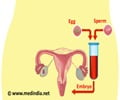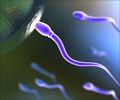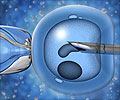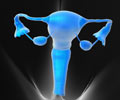To make a decision to try IVF again in spite of initial failure is difficult as it involves financial, physical and emotional costs, besides there being no guarantee of success.
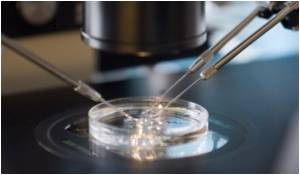
"Our findings show that the first IVF cycle can provide quantitative, customized prediction of the live birth probability in a subsequent cycle," the researchers wrote in their paper. "This concept is radically different from the current paradigm, in which age is a major predictor."
The paper, to be published online July 19 in the Proceedings of the National Academy of Sciences, was led by Mylene Yao, MD, assistant professor of obstetrics and gynecology. It follows previous work from Yao about another method she and her colleagues had devised that provides more accurate predictions about whether a woman undergoing IVF treatment will become pregnant. The newer test not only integrates more data into its methodology, but also its success was measured with a different outcome: live birth instead of pregnancy.
Yao said she'd like to see the new test widely available for clinical use, and she and co-author Wing Wong, PhD, professor of statistics and of health research and policy, have founded a company, Univfy, to develop and market prognostic tests to support clinical decision-making in infertility. Stanford holds the patent on this test.
Each year, close to 100,000 IVF cycles are performed using a woman's fresh eggs, and around 29 percent of the treatments result in live births. Physicians typically use age-based data, with adjustments based on other clinical factors, to counsel patients on the probability of success. But given all the factors at play — including the number and quality of eggs and the total number of embryos implanted — age may be misleading as a prognostic factor.
Consider this scenario: A 38-year-old patient is told that women in her age bracket have a 33 percent chance of becoming pregnant from IVF. But because she has a lower-than-usual number of eggs, her physician says her chances are actually less than 33 percent. "The problem is that the patient will ask, 'How much less?'" said Yao. And currently, the answer is at best an educated guess from the doctor.
Advertisement
Westphal said improvements in the ability to predict a patient's chances of IVF success would make counseling more meaningful. "The more information, the better," she said.
Advertisement
When testing their model with data from a separate set of more than 600 IVF treatments performed in 2007-08, the researchers determined that the model's predictions were significantly different than the age-based predictions in 60 percent of patients. Interestingly, out of this group, more than half were assigned greater odds of having a baby than what age-related data indicated.
What's more, in further verifying the accuracy of their new method, Yao and her colleagues determined that their model predicted outcomes with 1,000 times more accuracy than the age-based guidelines widely used in clinics.
Their findings, the researchers said in the paper, indicated that "the current age-based paradigm may provide misleading live birth outcome probabilities for a large portion of patients."
Yao noted that because it's critical to have data from previous treatment, this model wouldn't be able to predict chances of success for those embarking upon their first IVF. But she said having personalized, accurate prognostic information would be invaluable in assisting women's decisions to keep going or not. "For some of the patients, we may be able to reassure them and help them move forward and do another cycle if they have good odds," agreed Westphal. "For other patients, if they're in a poor category, we'll help them move on to consider better options."
Source-Eurekalert

